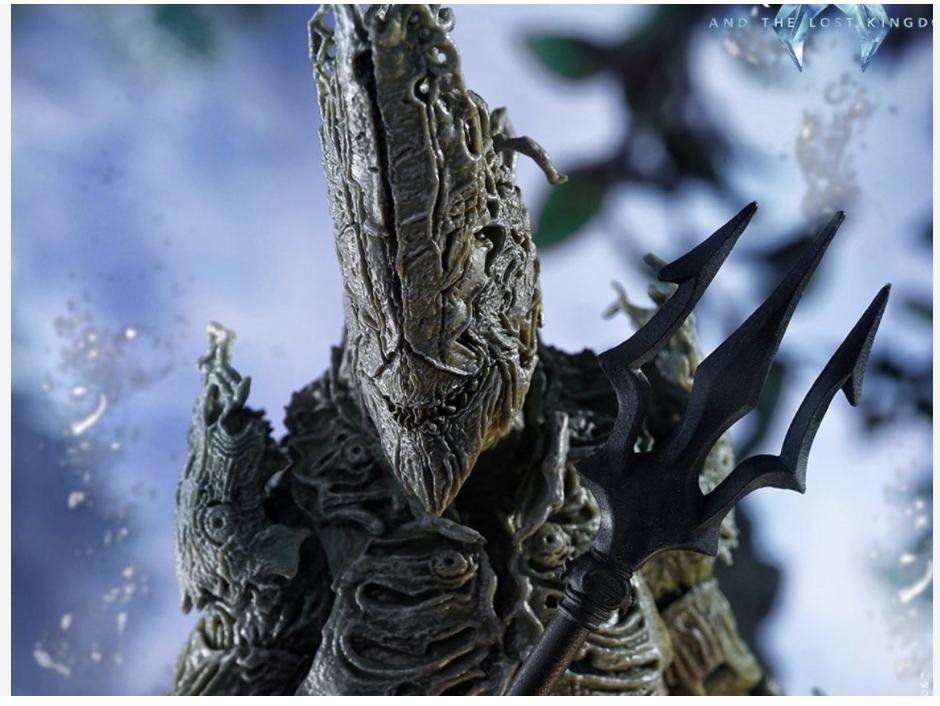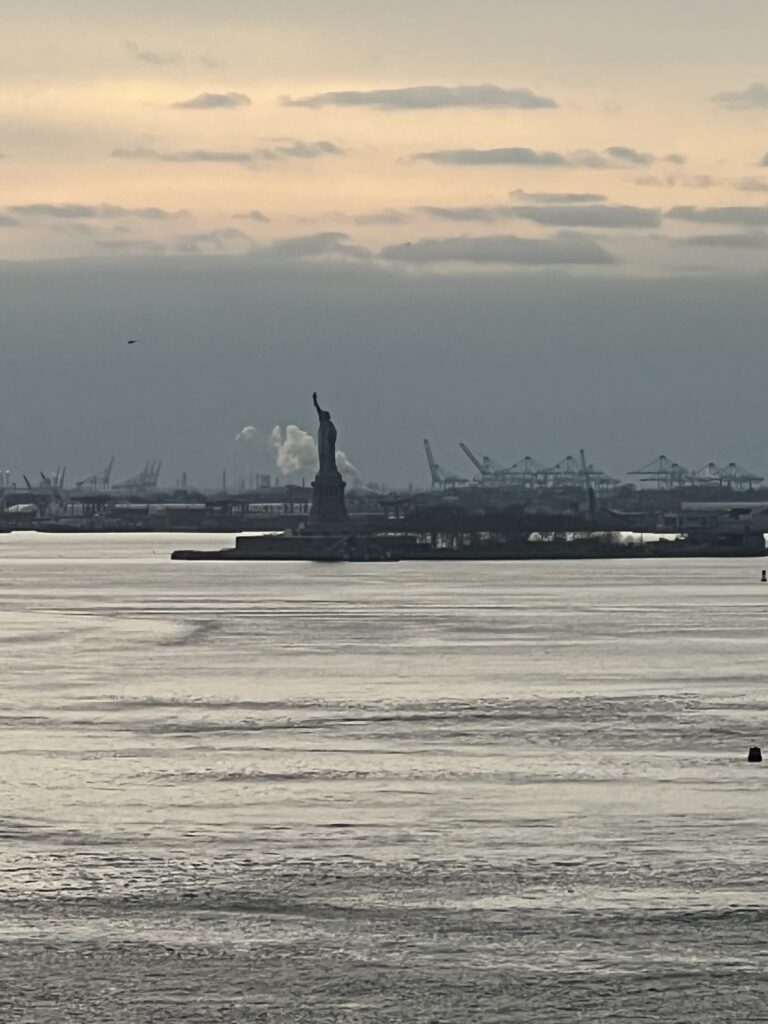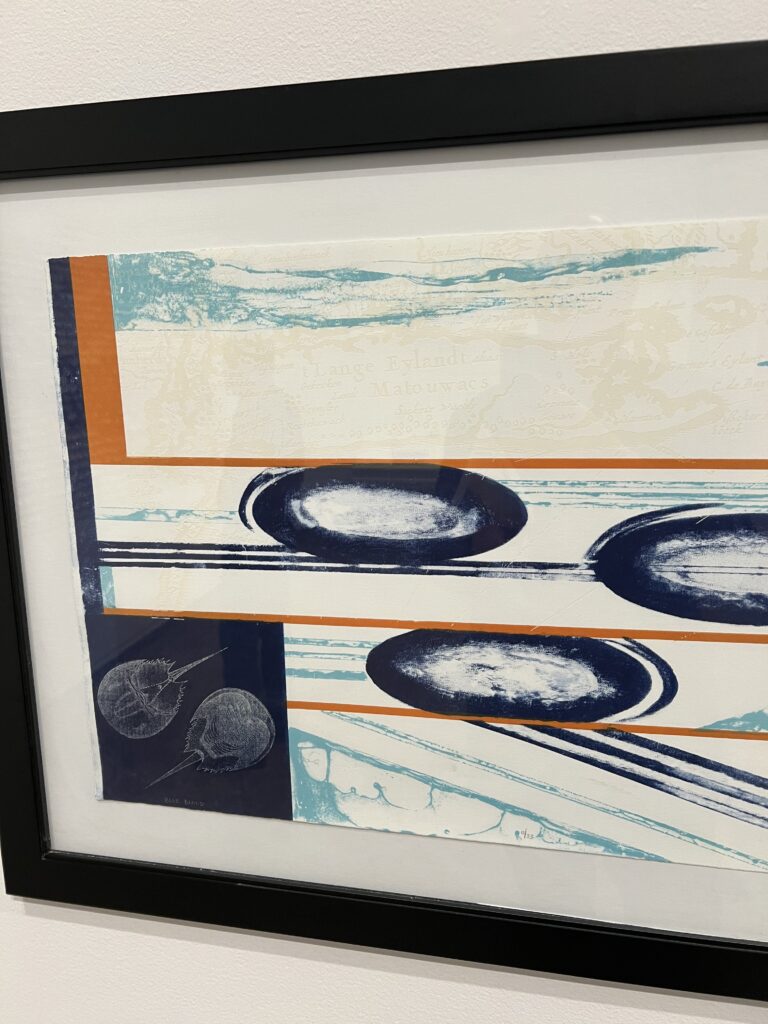It’s time to move the list from my Reading List app over to the Bookfish. It’s not looking as if I’ll finish A History of Water by Edward Wilson-Lee before the New Year, partly because I’ve been distracted by the stunning new Dylan tome, Mixing Up the Medicine.
Here’s the list, with my special favs in bold.
In a separate post, my four favorites of the year: Energy at the End of the World, Birnam Wood, Fire Weather, and Noah’s Arkive.
January (7)
Demon Copperhead by Barbara Kingsolver
The Brain’s Way of Healing by Norman Doidge
Aquaman and the War Against Oceans by Ryan Poll
The Value of Ecocriticism by Timothy Clark
Appleseed by Matt Bell
Risingtidefallingstar by Philip Hoare
Pirate Enlightenment by David Graeber
February (8)
Data Driven: Truckers, Technology, and the New by Karen Levy
We Are All Whalers by Michael Moore
Fully Automated Luxury Communism by Aaron Bastani
Storm in a Teacup by Helen Czerski
I Know There Are So Many of You by Allain Badiou
The Wife of Bath: A Biography by Marion Turner
Blue Jeans by Carolyn Purnell
Racism without Racists by Eduardo Bonilla-Silva
March (11)
The Wife of Willesden by Zadie Smith
Mad About Shakespeare by Jonathan Bate
The Lodger by Charles Nicholl
Reading Underwater Wreckage by Killian Quigley
Solarities: Seeking Energy Justice by the After Oil Collective
Radical Wordsworth by Jonathan Bate
Portable Magic by Emma Smith
God Human Animal Machine by Meghan O’Gieblyn
Spare by Prince Harry
Water Nature and Culture by Vernoica Strang
Fly-Fishing by Chris Schaberg
April (10)
Palo Alto by Malcolm Harris
Mushroom by Sara Rich
Hamnet by Maggie Farrell
The Thinking Root by Dan Beachy-Quick
The N. of the Narcissus by Joseph Conrad
Shipwrecked: Coastal Disasters and the Making of the American Beach by Jamin Wells
How to Live: Or a Life of Montaigne in One Question… by Sarah Bakewell
The Environmental Unconscious by Steven Swarbrick
Not Too Late by Rebecca Solnit &c
Hydronarratives: Water, Environmental Justice by Matthew Henry
May (8)
Briny by Mandy Haggith
*a New English Grammar by Jeff Dolven
The Earth Transformed by Peter Frankopan
Paved Paradise by Henry Grabar
Traffic by Ben Smith
William Shakespeare: A Brief Life by Paul Menzer
The Lightkeepers by Abby Geni
Kitchen Music by Lesley Harrison
June (8)
Bright Star, Green Light by Jonathan Bate
Birnam Wood by Eleanor Catton
Borges, Between History and Eternity by Hernan Diaz
Fire Weather by John Vaillant
Noah’s Arkive by Jeffrey Cohen and Julian Yates
The Wager by David Grann
Tomorrow and Tomorrow and Tomorrow by Gabrielle Zevin
Building a Second Brain by Tiago Forte
July (13)
The Swimmer by Patrick Barkham
How to Be Animal by Melanie Challenger
The Charisma of Animals by Greg Maertz
Hanging Out by Sheila Liming
Running by Lindsay Freedman
The Heat Will Kill You by Jeff Goodell
Grief is the Thing With Feathers by Max Porter
Does the Earth Care? by Mick Smith and Jason Young
Sea Change by Christina Gerhardt
The Book of Laughter and Forgetting by Milan Kundera
Land Sickness by Nikolaj Schultz
The Deepest Map by Laura Trethewey
Open Book in Ways of Water by Adam Wolfond
August (11)
Dreamscapes and Dark Corners by Melissa Ridley Elmes
Saving Time by Jenny Odell
On Wilder Seas by Nikki Marmery
A Blue New Deal by Chris Armstrong
The Passenger by Cormac McCarthy
Stella Maris by Cormac McCarthy
The Great White Bard by Farah Karim-Cooper
A Book of Waves by Stefan Helmreich
The Quickening by Elizabeth Rush
Adventure: An Argument for LImits by Chris Schaberg
The Big Melt by Jeff Goodell
September (16)
The Rigor of Angels by William Eggleston
Angry Weather by Friederike Otto
The Man Who Invented Fiction by William Eggleston
Dayswork by Chris Bachelder and Jennifer Habel
Naamah by Sarah Blake
Gramsci at Sea by Sharad Chari
Shakespeare in a Divided America by James Shapiro
Reading Pride and Prejudice by Tricia Matthew
Undoing the Grade by Jesse Stommel
Oceaness by Michael Blackstock
The Pole by J.M. Coetzee
Contested Will by James Shapiro
Her Lost Language by Jenny Mitchell
Youth by J.M. Coetzee
Tragedy, the Greeks, and Us by Simon Critchley
Summertime by J.M. Coetzee
October (13)
The Iliad trans Emily Wilson
Our Fragile Moment by Michael Mann
No More Fossils by Dominic Boyer
Anthropocene Blues by John Lane
Black Earth by Osip Mandelshtam
The Maniac by Benjamin Labatut
Venomous Lumpsucker by Ned Beauman
War and the Iliad by Simone Weil and Rachel Bespaloff
Upstream: Selected Essays by Mary Oliver
The Blue Machine by Helen Czerski
Energy at the End of the World by Laura Watts
Aquatopia by May Joseph and Sofina Varino
Sandy Hook by Elizabeth Williamson
November (12)
White Holes by Carlo Rovelli
Ecological Poetics, or Wallace Stevens’s Birds by Cary Wolfe
Tides by Jonathan White
Cosmodolphins by Mette Bryld and Nina Lykke
Anaximader and the Birth of Science by Carlo Rovelli
The Bathysphere Book by Brad Fox
Democracy Awakening by Heather Cox Richardson
Postcolonial Love Poem by Natalie Diaz
Ordinary Notes by Christina Sharpe
Silent Whale Letters by Ella Finer and Vibeke Mascini
Sand Talk by Tyson Yunkaporta
Helgoland by Carlo Ravelli
December (9)
The Cause of All Nations by Don Doyle
Baumgartner by Paul Auster
How to Be: Life Lessons from the Early Greeks by Adam Nicolson
Ways of Being by James Bridle
Voices in the Ocean by Susan Casey
The Sea: A Philosophical Encounter by David Farrell Krell
Number Go Up by Zeke Faux
AI and Writing by Sid Dobrin
Will to Power : The Great Courses Lectures by Robert Solomon
Total books read in 2023 = 126































